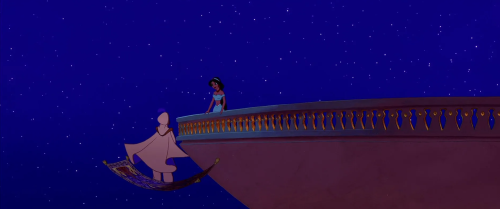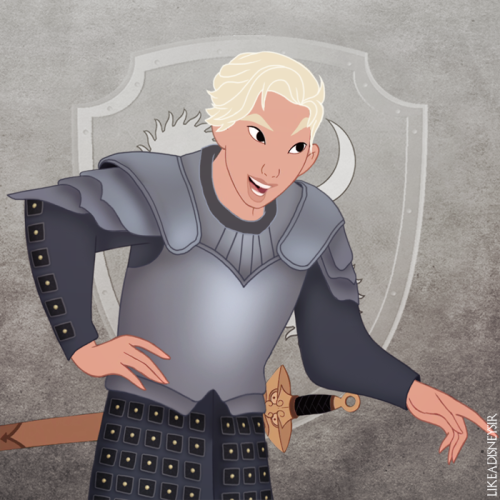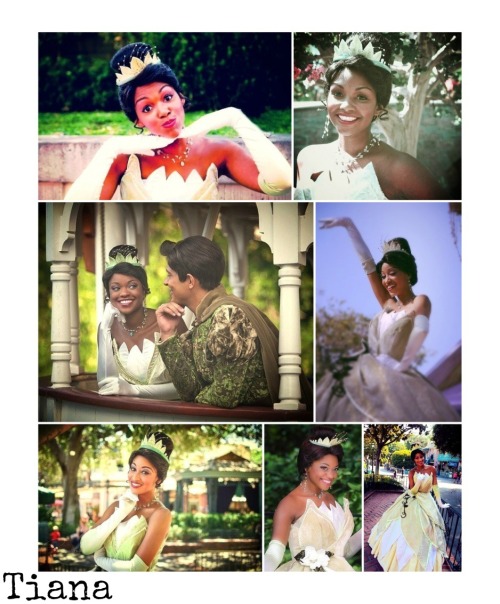#princess jasmine
Fri, 13 May 2022 19:38:33










Vintage Disney Valentine’s Day cards
Romeo and Juliet(1968)
Aladdin(1992)
InAladdin, the balcony scene also adopts a parodic mode, which is nonetheless more favorable to the image of women, and less disparaging of Shakespeare. Aladdin, dressed up as a Prince in order to woo Jasmine, climbs up her balcony (or, as a matter of fact, just flies to it on his magic carpet). The passage is titled “Aladdin – the Balcony scene” on Youtube. This gem of a scene is a perfect illustration of the PBS documentary mentioned earlier: in the rewriting of the balcony scene, Jasmine/Juliet is in control of the situation and the conversation, criticizes Aladdin/Romeo’s rhetoric, an element which is, although she sounds quite fierce, more in keeping with Shakespeare’s Juliet. Germaine Greer’s words (“she shuts him up in the balcony scene”) apply to Jasmine as well.
Moreover, this is really a palimpsest of a scene, as intertexts are multiple. The genie very clearly offices as a prompter in a situation that recalls Cyrano de Bergerac whispering words to Christian for him to repeat them to Roxanne. The scene in Aladdin hence works as a twofold parody in which both scenarios go awry: Romeo wants to woo Juliet but she turns him down and shuts him up. Cyrano wants to help Christian but the words he comes up with are simply inadequate – although the extract ends with a feast of puns.
-Frédéric Delord, “Shakespearean Echoes in the American Musical: Balcony Scenes”
Post link
Disney - Game of Thrones icons ;)
Part Four
Who loved the first scene of sunday’s episode as much as we do ?! ;D
Post link
LIKE A DISNEY SIR ADVENT CALENDAR
*UPDATE*
Jasmine & Aladdin (with an Agrabah palace scene!) :)
Post link
Wed, 02 Feb 2022 23:03:14
Wed, 03 Jun 2015 00:24:41

















